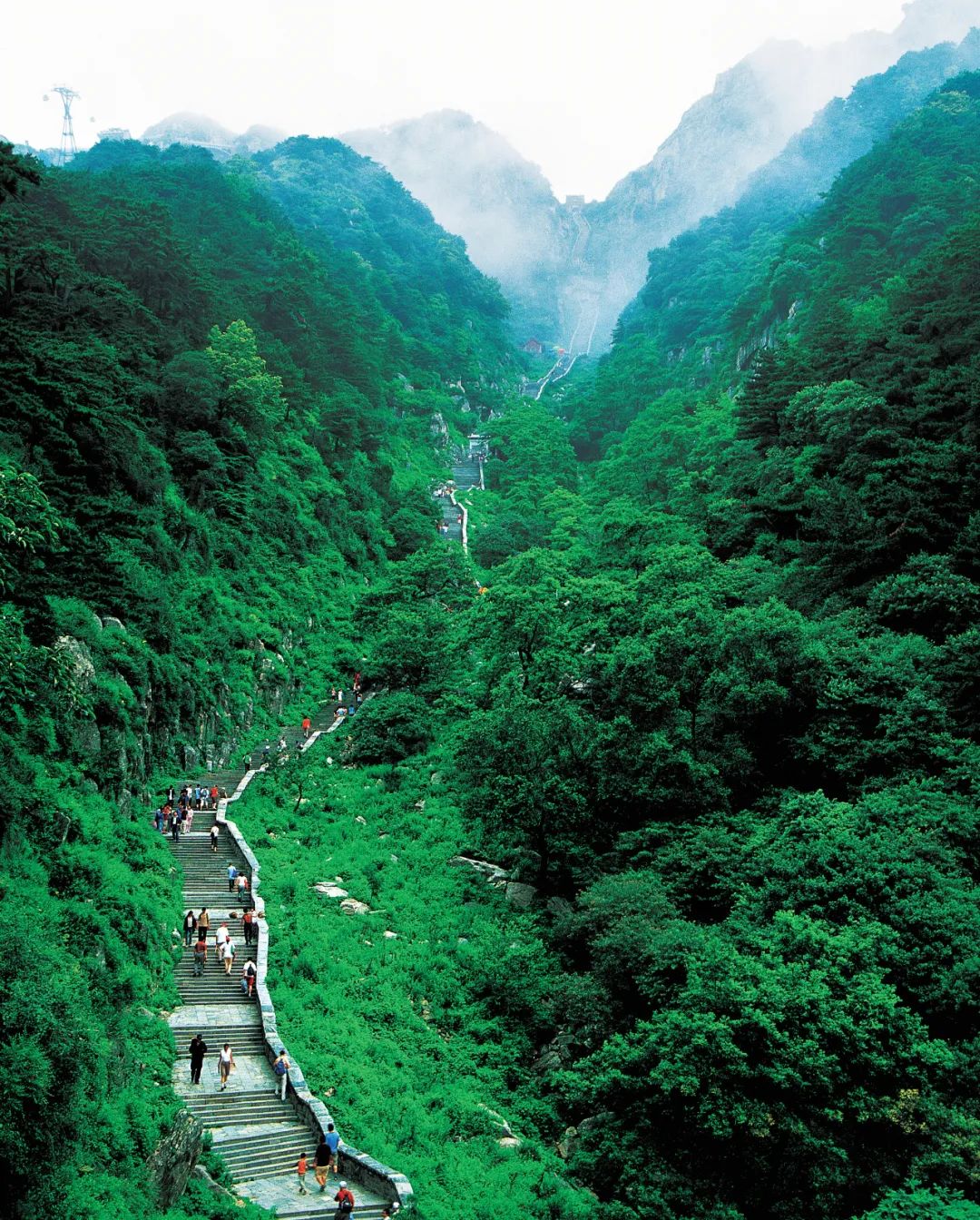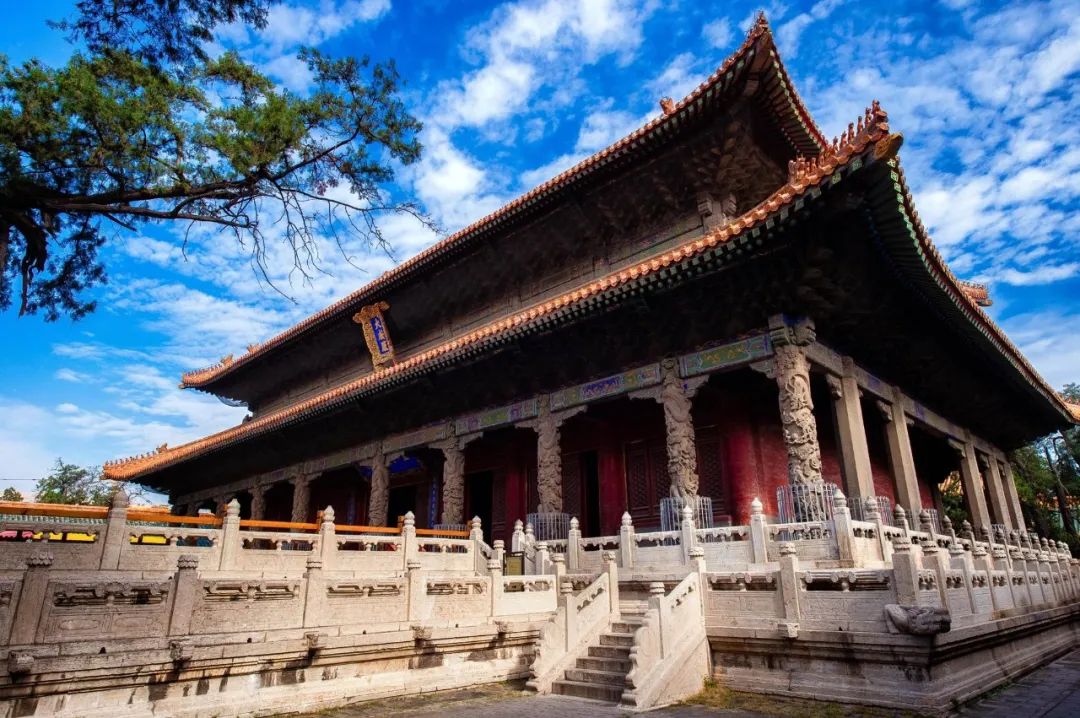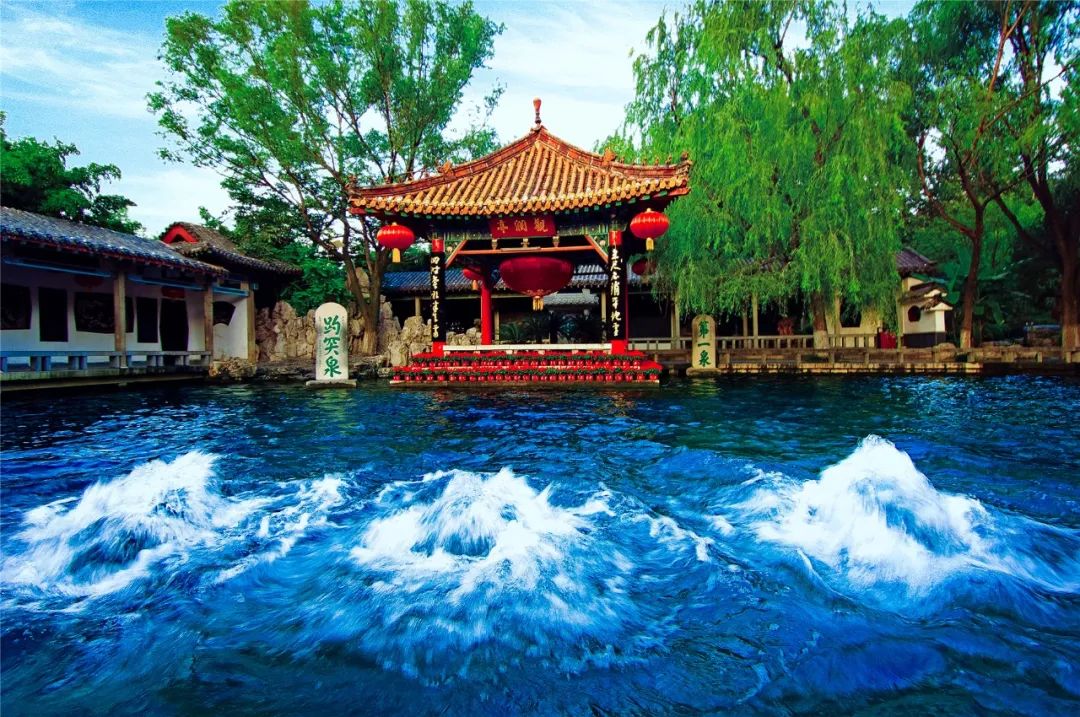“Nihao! China” – 2025 World Cultural Heritage Tourism Overseas Promotion Season (Shandong 2)
Mount Tai

Mount Tai is the world's first dual heritage site, recognized for both its natural and cultural significance. It stands as the spiritual home of the Chinese nation, embodying the ancient adage, "If Mount Tai is safe, the whole world is also safe." The ascent to its summit is adorned with over a thousand inscriptions of various dynasties, including the Inscription of Sacrifice on Mount Tai and the Vajracchedika-sutra Carved in Stone Valley on Mount Tai, earning Mount Tai the distinction of being revered as the foremost mountain of Chinese calligraphy.
Three Confucian sites

Shandong has long been celebrated as the hometown of Confucius and Mencius and as a land of ceremony and decorum. Qufu is revered as the birthplace of the sage Confucius. Shandong is home to the world heritage site known as the "three Confucian sites," namely, the Kong Family Mansion, the Confucius Temple, and the Confucian Cemetery. The Confucius Temple is the largest temple in the world dedicated to the worship of Confucius. The Kong Family Mansion represents the residence of the eldest male direct descendants of Confucius, known as "The First Family Under Heaven." The Confucian Cemetery is the world's oldest and largest family cemetery, with the longest continuous history.
The Shandong section of the Grand Canal

The Grand Canal, which has quietly flowed for nearly 2,500 years, nourishes the land of China, fostering thriving cities and flourishing cultures. Eventually, it has evolved into a living historical legacy. The Shandong section of the Grand Canal spans 643 kilometers, with its tranquil waters rippling through the ages, forming a condensed historical and cultural corridor that embodies the essence of Shandong.
The Great Wall of Qi

The thriving Qi culture, spanning over 800 years, finds its iconic representation in the Great Wall of Qi. The Great Wall of Qi, constructed during the Spring and Autumn Period, over 400 years earlier than the Great Wall of Qin, is revered as the progenitor of all great walls and is honored as the "Father of the Great Wall." As a crucial segment of the Great Wall of Chain, it has been inscribed in the UNESCO's World Heritage List.
The Yellow River Estuary Migratory Bird Habitat

The Yellow River Delta National Nature Reserve harbors China's most complete, extensive, and youngest wetland ecosystem within the country's warm temperate zone. The Yellow River Estuary Migratory Bird Habitat has earned a place in the World Heritage List, where millions of birds gather to perch, prey, and soar during their migratory seasons. Additionally, visitors can witness the magnificent spectacle of 100,000mu (≈66.7km2) of reed catkins creating an endless, snow-like panorama at the Yellow River Estuary.
Laoshan Mountain

Laoshan Mountain, renowned as the "Number One Mountain by the Sea," stands as the highest peak along the 18,000-kilometer coastline of Chinese mainland. Laoshan Mountain is unique in that it embraces the sea. When viewed from the sea, the peaks cluster and clouds and mist swirl, while from the mountaintop, the vast expanse of mist and waves stretches into the distance, blending the sea and sky into one.
The Baotu Spring

Jinan is home to nearly a thousand natural springs, earning it the moniker "City of a Thousand Springs." The most renowned among them is the Baotu Spring, hailed as the "Best Spring Under Heaven," where waters surge from three apertures with a sound akin to muted thunder. The ancient city of Jinan integrates springs, rivers, lakes, and urban architecture, showcasing the unique splendor of a "City of Springs."
"Ocean Harvest-1"

"Ocean Harvest-1" is China's first comprehensive, demonstrative, integrated, and intelligent complex of ecological maritime pasture. From its platform, one can gaze upon the merging horizons of sea and sky, or leisurely cast a fishing line, savoring the unique tranquility of maritime harvest.
Yangjiabu New Year wood-block painting

Weifang's Yangjiabu New Year wood-block painting is one of China's three major folk wood-block paintings, characterized by its strong local flavor and distinctive production process, which involves sketching, woodblock cutting, and printing using eight woodblocks for color layering.
Shandong Cuisine

The northern part of Shandong are mountainous and by the sea in addition to a thousand li of fertile land, which provide rich natural resources. "People can never be too careful when it comes to preparing food, and meat can never be too delicately cooked for people to eat." With plentiful natural food materials, Shandong people present a variety of banquets rich in meaning. Shandong cuisine, No.1 of Chinese top eight, stresses the blending of the five flavors (sweet, sour, bitter, pungent, and salty) till fair and moderate. Profound knowledge and much particularity are required in every step of every process of preparing a cuisine, like choosing materials, cooking skills, dishing up and placing on the table.



